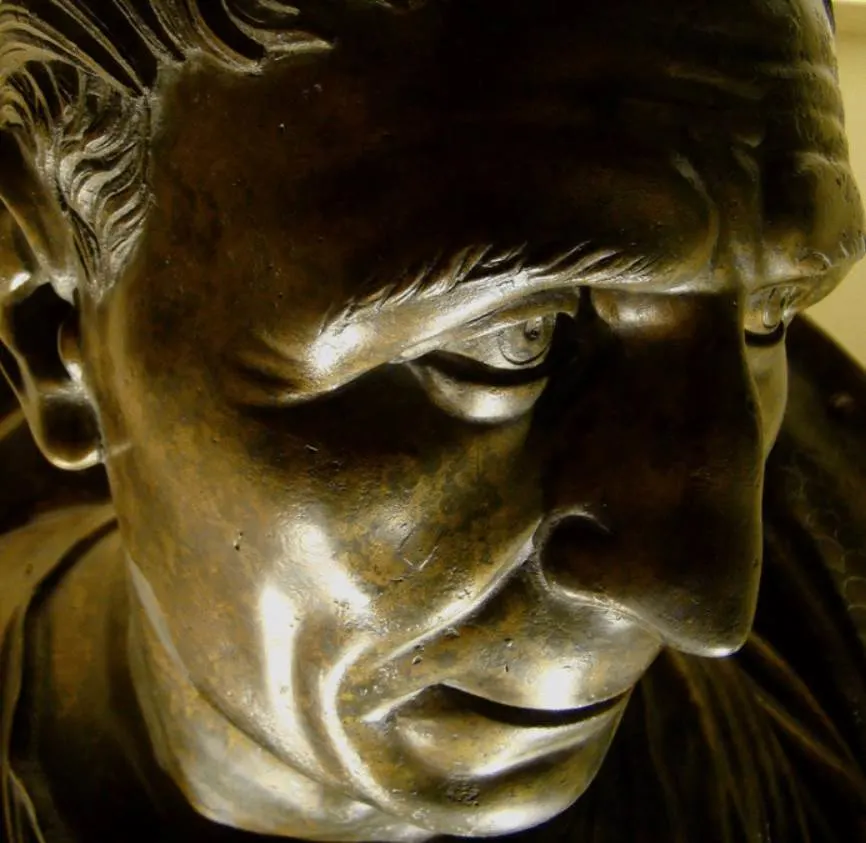Did you know that one of the best Roman Emperors wasn’t even born in Rome but in modern-day Spain?
In this post, you’ll discover the ultimate list of facts about Trajan, the second of the “Five Good Emperors” who ruled over the Roman Empire.
1. Trajan was born in the south of Spain
Trajan was born Marcus Ulpius Traianus on September 18 of the year 53 A.D. He was born in Italica, an Ancient Roman city in the Roman province of Hispania Baetica, about 9 kilometers (6 miles) to the northwest of modern-day Seville in Southern Spain in a town now called Santiponce.
Seville was referred to as “Hispalis” by the Roman and was a larger city, but Italica was founded nearly 250 years before Trajan was born in the year 206 B.C. by Roman general Publius Cornelius Scipio, nicknamed “Africanus” and considered to be one of the greatest generals of all time.

2. His mother was a noblewoman with connections to the emperor
The origin of his mother’s family was the Sabine region of the central Apennine mountains, not too far from Rome. Even though she was of Italic origin, she was of the gens Marcia, one of the oldest noble families of Ancient Rome.
This family claimed to be direct descendants of the second and fourth Roman Kings. His mother, named Marcia, had a direct relationship with the imperial family as she was the sister-in-law of Emperor Titus, the second ruler of the Flavian Dynasty.
3. His father was a famous general serving in an important war
Trajan was equally well off on his father’s side because he was of the gens Ulpia, a family that rose to prominence in the first century A.D. The family originated from the region around Umbria in central Italy and at some point moved to Italica.
His father was Marcus Ulpius Trajanus, who rose to the ranks of the army and eventually made it to the position of general and senator. He served under Vespasian, the first ruler of the Flavian Dynasty, in the infamous First Jewish-Roman War, commanding an entire legion named Legio X Fretensis.
Trajan deified his father, who had died before he became emperor, in the year 113 A.D.
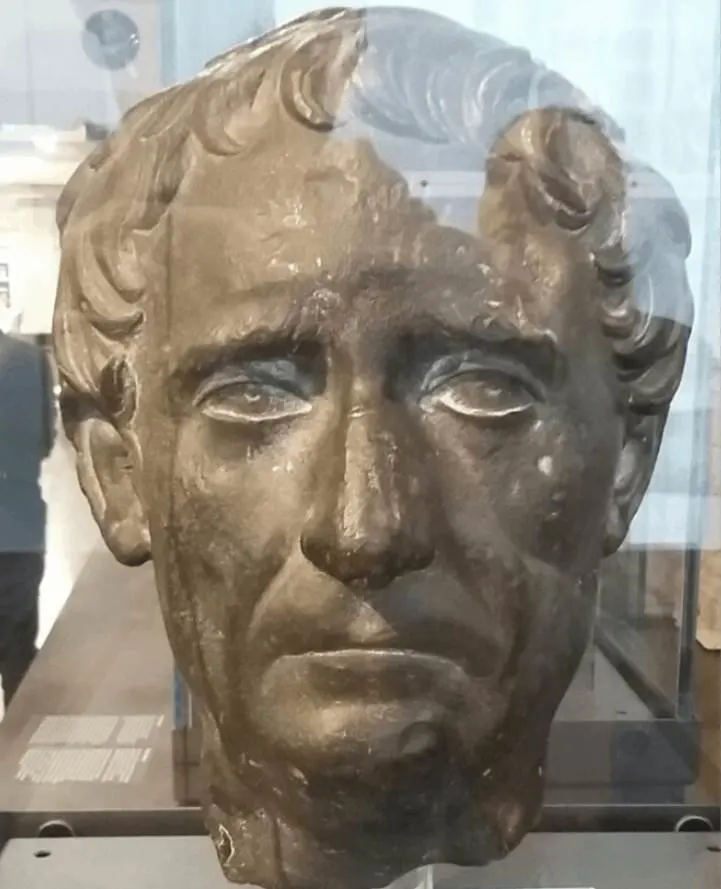
4. He became a consul in his late thirties

Trajan followed the footsteps of his father and pursued a military and political career at an early age. He rose through all the ranks of the Roman Army and was involved in combat at the frontier of the Roman Empire more than once.
When he was in his late thirties, he managed to become an ordinary consul for the first time, which was quite a remarkable achievement considering he was just above the legal age for holding this position at the time, which was 32. Surely his father was a great positive influence on this.
5. He got married to a noblewoman but they didn’t have children
One of the most remarkable facts about Trajan is that he married a woman named Pompeia Plotina, but their marriage remained childless. This had some historians such as Julian and Cassius Dio mention that Trajan was in fact a homosexual, even though this was written centuries after his reign.
His wife was a very positive influence on Trajan and she has been credited with various important things such as fairer taxation for Roman citizens, improved education, assisting the poor, and creating tolerance in Roman society.
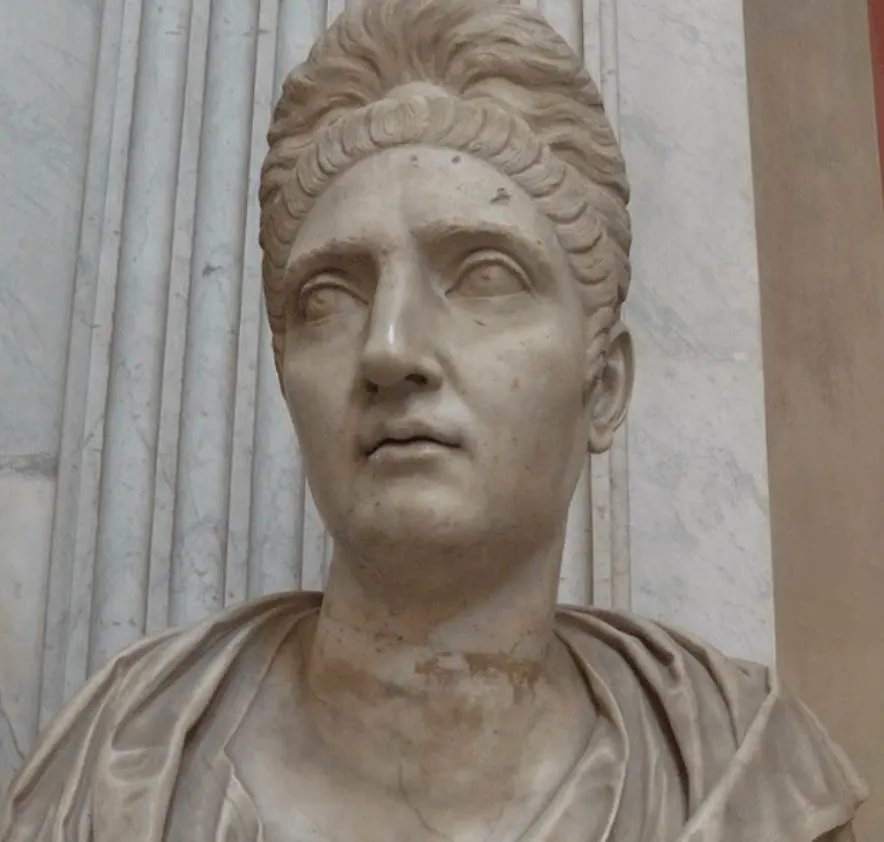
6. He adopted the later emperor Hadrian and his sister
When Trajan’s cousin, the wealthy Roman Senator Publius Aelius Hadrianus Afer, died in the year 86 A.D., Trajan was given guardianship over his two young children, the later Emperor Hadrian and his sister Paulina.
Hadrian would eventually end up succeeding Trajan and becoming emperor himself.
7. He was chosen as heir by Nerva while he was being held, hostage
After the assassination of Emperor Domitian in 96 A.D., which was the last emperor of the Flavian Dynasty, the weak and aging Nerva succeeded him.
He proved to be unpopular with the army and this culminated in a revolt of his Praetorian Prefect Casperius Aelianus, who had a list of demands, including executing the murderers of Domitian and choosing an heir to avoid a civil war.
Nerva ended up agreeing to both demands and chose the popular general Trajan as his successor.
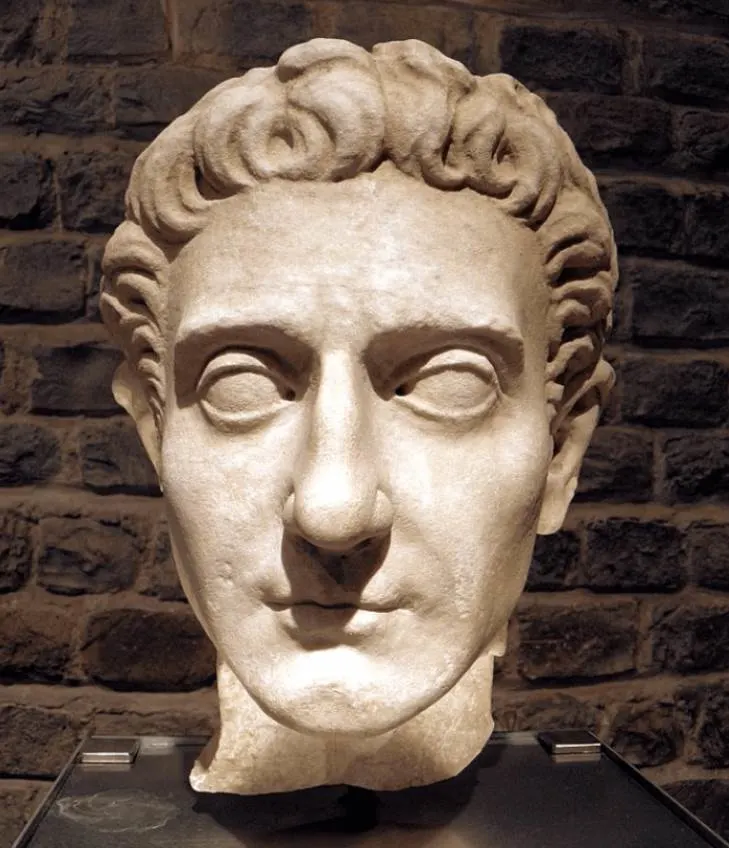
8. Trajan wasn’t too sure if his succession would be received positively
The way Trajan was chosen as heir to Nerva was a little dodgy. Nerva was literally held hostage and basically forced to name a successor, so he chose the most popular candidate, a successful Roman general from a noble family.
After Nerva died, Trajan didn’t immediately go back to Rome though, which makes things a little more suspicious. He wasn’t too sure if his rise to power would be welcomed with open arms because of the way it happened, so he stayed in Germanica for a while to gain support with his troops before entering Rome.
9. He pretended to give power back to the Senate, but really didn’t
The first thing he did when he was an emperor was to summon the conspirator who held Nerva hostage, Prefect Aelianus, and most probably executed him for his actions. This was the first step to show that he had nothing to do with the forced way that Nerva had to choose a successor.
It worked. He gained some initial approval from the Senate and cultivated this by apparently being reluctant to hold too much power.
This was emphasized by the fact that his triumphal procession into Rome in the year 99 A.D. didn’t have all the bells and whistles as other emperors, such as the ones of the Flavian Dynasty whose reign was built on propaganda.
While he was ruling as an autocrat, he was considered to be a good emperor because in the words of historian Pliny, he “approved or blamed the same things that the Senate would have approved or blamed.”
10. Trajan conquered Dacia by building a massive bridge
Trajan was an emperor who rose through all the ranks of the Roman Army and was therefore keen on expanding the Roman Empire. One of his major successes happened in Dacia where he managed to put down the powerful Dacian king Decebalus.
The Dacian Wars, which happened in two episodes from 101 to 102 A.D. and 105 to 106 A.D. were mainly decided by Trajan’s military experience. He built a massive bridge over the Danube River which allowed the Romans to easily cross the river.
It was one of the most famous bridges in ancient times and was considered to be the longest bridge in the world for over 1,000 years. Some remains of the bridge, which was only operational for 165 years, can still be found on the site.

11. He started massive building projects using the booty from Dacia
After the Dacian Wars had ended, it was time to celebrate. After all, they sacked the capital of Dacia and robbed all the gold and other valuables from its temples. To make things even better, Dacia was littered with gold mines which could supply the Empire with even more resources!
This inspired Trajan to build numerous monuments such as triumphal arches and various buildings to commemorate his Dacian victories.
Some of these buildings and monuments, such as the Baths of Trajan, Trajan’s Forum, Trajan’s Column, and Trajan’s Market, considered to be the world’s first shopping mall, still stand in the center of Rome today!
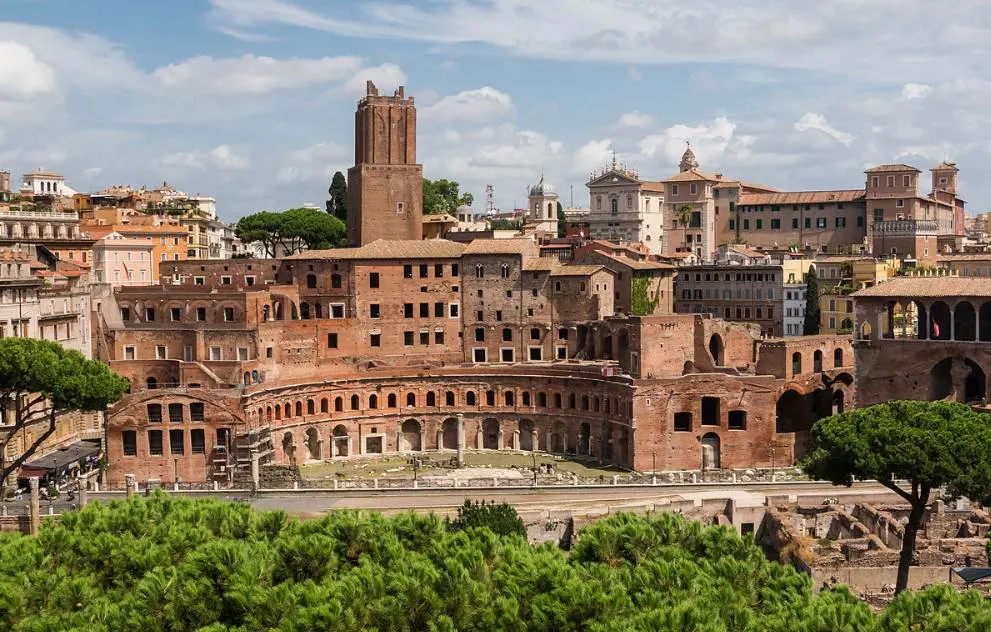
12. He built an absolute masterpiece of Roman engineering
Trajan is responsible for one of the most famous bridges in Spain, the Alcántara Bridge which crosses the Tagus River and is located in Extremadura in the west of the country.
This remarkably well-preserved bridge was built between 104 and 106 A.D. and is considered to be one of the ultimate masterpieces of Roman engineering.
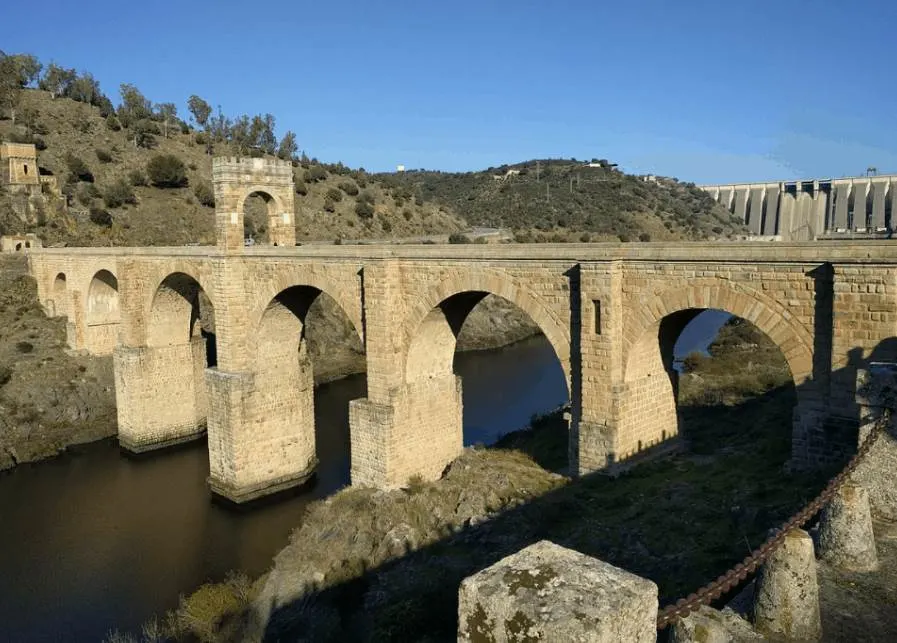
13. Trajan hosted a 3-month long bloody spectacle at the Colosseum
The building projects must have been really exciting for the Roman citizens, who clearly saw the Roman Empire and their lives improve during the reign of Trajan.
But nothing compared to the gory and bloody spectacles that were organized by Trajan after the Dacian Wars. For 3 months, about 11,000 people (mostly Dacian slaves) and about double this number of wild animals were slaughtered at the Colosseum for the enjoyment of the people of Rome.
It’s estimated that about 5 million people visited this snuff fest over the course of 3 months, as nobody wanted to miss the wild beasts ripping apart the barbarians who had just been defeated!
14. He devalued the Roman currency and started a welfare program
Another important move made by Trajan was to devalue the Roman currency in 107 A.D., which is around the time that all the gold and other booties from the Dacian Wars arrived in Rome.
The silver purity of the denarius was reduced from 93.5% to 89% and the weight of silver dropped from 3.04 grams to 2.88 grams. The result was that Trajan was able to mint a lot more coins than other emperors, allowing him to indulge in massive building projects and lavish games.

15. His final conquest brought him near modern-day Baghdad
Trajan expanded the Roman Empire to its maximum extent. His final campaign started in 113 A.D. and is referred to as the “Parthian Wars,” a war against the Parthian Empire that resulted in the annexation of Armenia and Mesopotamia.
His conquests culminated in the sack of the capital Ctesiphon, located just 35 kilometers (22 miles) to the southeast of modern-day Baghdad.
Holding this region proved to be unsustainable though and he abandoned the campaign after falling ill in the year 117 A.D.
16. Trajan died on August 8, 117 A.D. in Turkey
While sailing back home from the Far East of the Roman Empire, his health deteriorated quickly. He died of a stroke on August 8 of the year 117 A.D. at the age of 63.
He died in the city of Selinus, which is a port city located in the south of modern-day Turkey.
17. His legacy can be described with “Felicior Augusto, Melior Traiano”
One of the most fascinating facts about Trajan is that accounts of his reign and personality are unanimously positive. He’s described as a wise ruler, an intelligent, and moral man.
This has been contested in modern times, mainly because of the urge to invade foreign territories and expand the Roman Empire. After all, these aren’t the actions of a moderate man.
Nevertheless, the positive impression of Trajan is emphasized by the fact that he was declared by the Senate as “Optimus Princeps,” which translates to (“best ruler”).
Every emperor following him was also welcomed with the words “Felicior Augusto, Melior Traiano,” which translates to “be luckier than Augustus and better than Trajan.”
